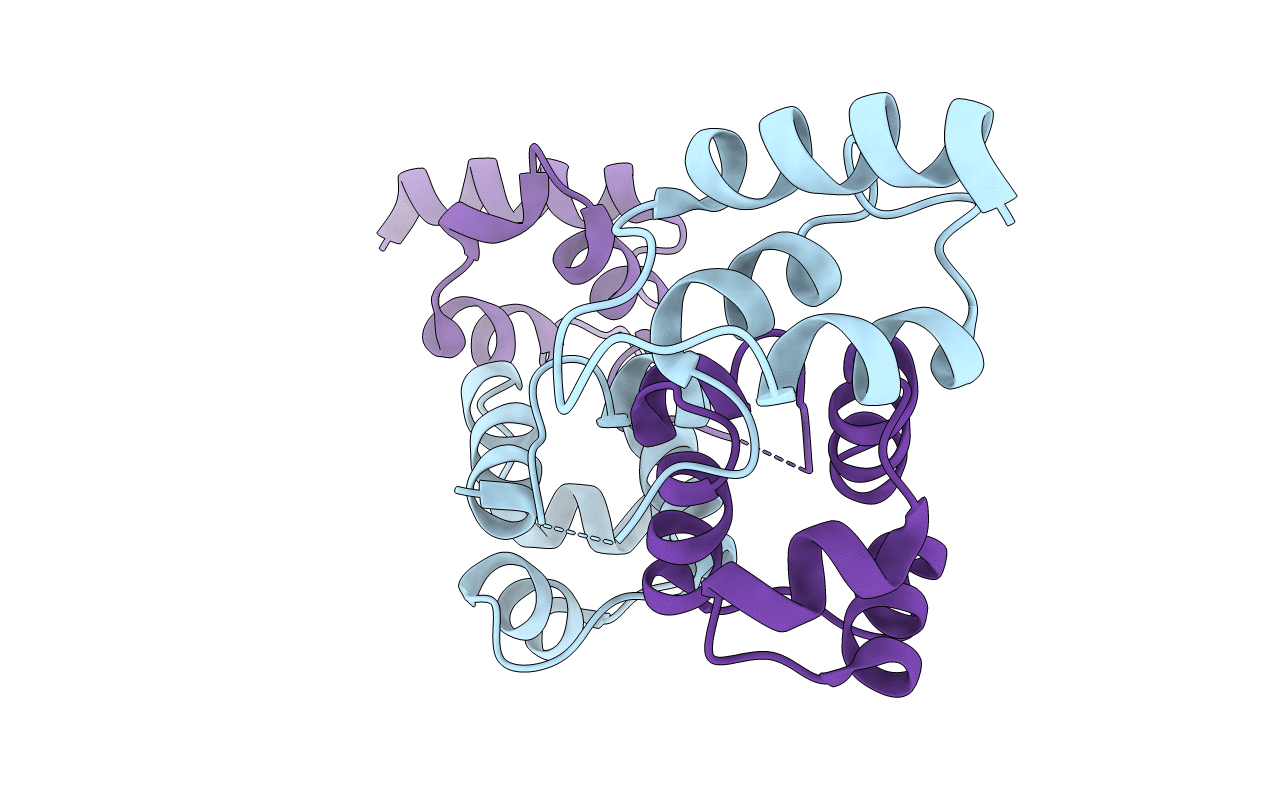
Deposition Date
2019-05-07
Release Date
2019-10-09
Last Version Date
2024-10-23
Entry Detail
PDB ID:
6RMQ
Keywords:
Title:
Crystal structure of a selenomethionine-substituted A70M I84M mutant of the essential repressor DdrO from radiation resistant-Deinococcus bacteria (Deinococcus deserti)
Biological Source:
Source Organism:
Deinococcus deserti (Taxon ID: 310783)
Host Organism:
Method Details:
Experimental Method:
Resolution:
3.00 Å
R-Value Free:
0.28
R-Value Work:
0.19
R-Value Observed:
0.20
Space Group:
P 21 2 21


